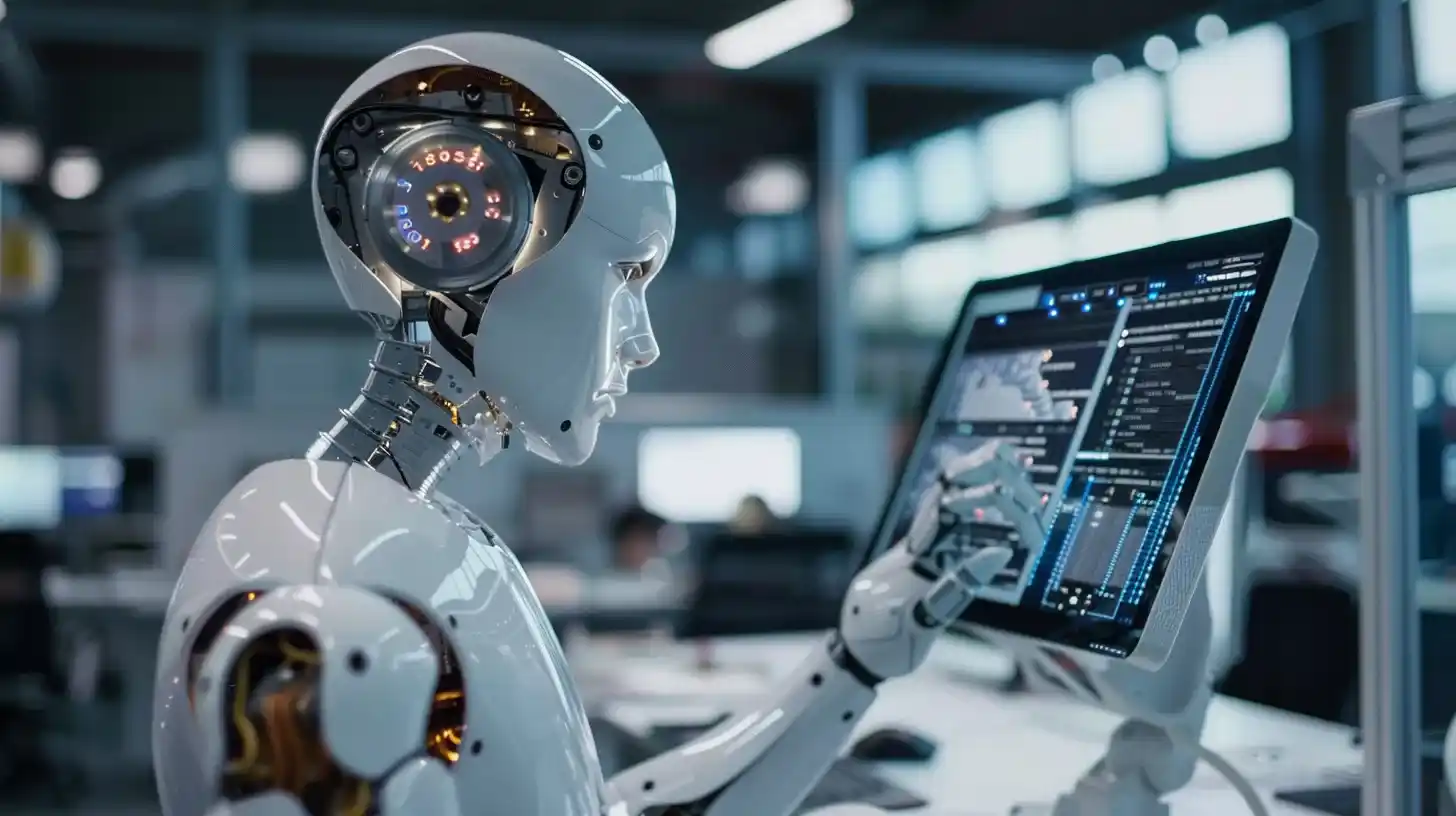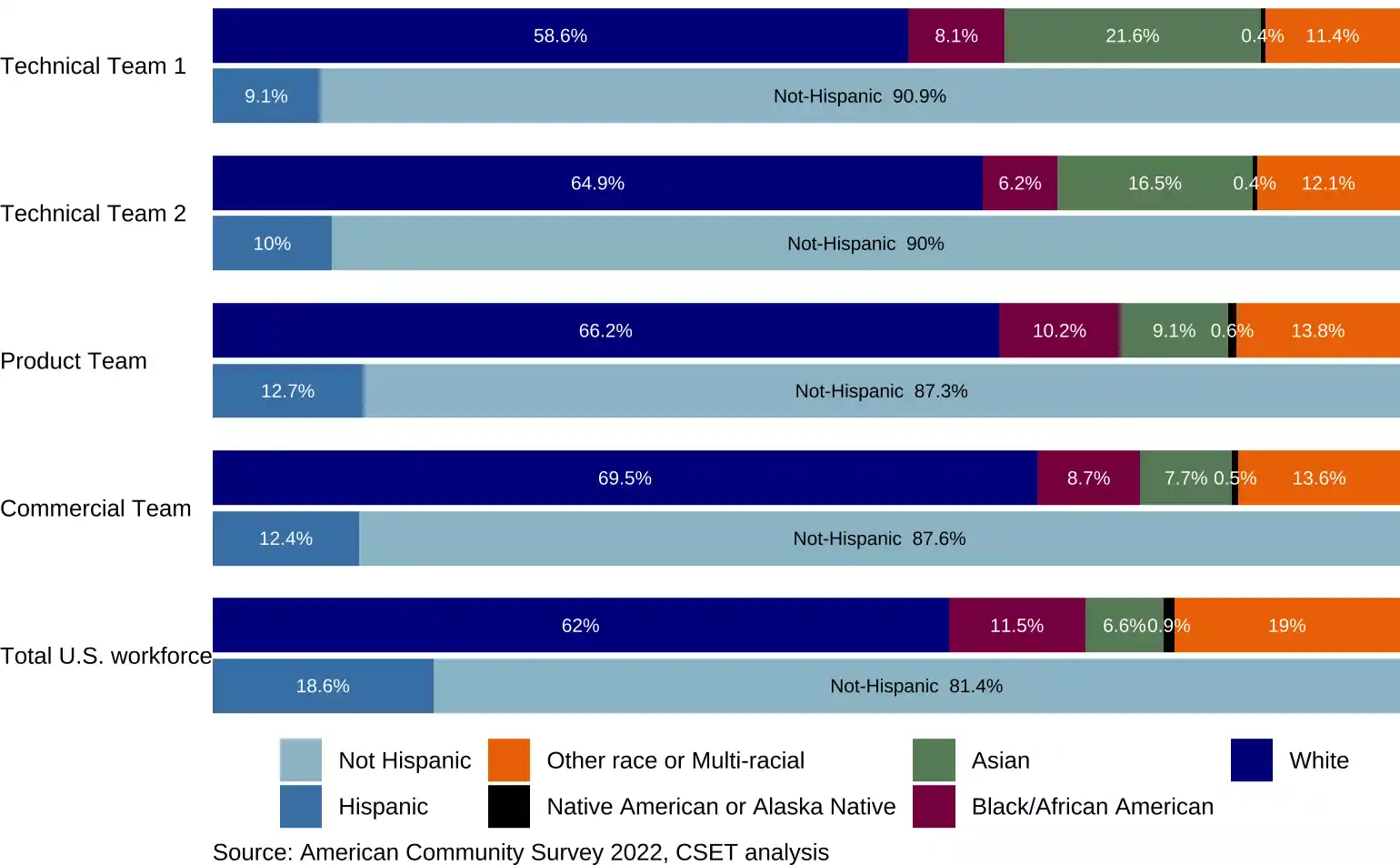Table of Contents
Introduction
In today’s rapidly evolving job market, the concept of workforce development has gained immense significance. With technological advancements reshaping industries and skill requirements, the need for continuous learning and upskilling has become paramount. Artificial Intelligence (AI) stands at the forefront of this transformation, offering innovative solutions to enhance workforce development. This article delves into the various ways AI is revolutionizing learning and employment, ultimately shaping the future of work.
Understanding Workforce Development
Before delving into the role of AI, it’s essential to grasp the essence of workforce development. It encompasses strategies and initiatives aimed at preparing individuals for the demands of the labor market. This includes acquiring new skills, adapting to technological changes, and fostering a culture of lifelong learning. Traditionally, workforce development relied heavily on formal education and training programs. However, the dynamic nature of today’s economy necessitates more agile and personalized approaches.
AI-Powered Learning Platforms
One of the most significant contributions of AI to workforce development is the proliferation of AI-powered learning platforms. These platforms leverage machine learning algorithms to deliver personalized learning experiences tailored to individual needs and learning styles. By analyzing vast amounts of data, AI can identify knowledge gaps and recommend relevant courses or materials. This adaptive learning approach not only enhances the effectiveness of training but also ensures that learners stay engaged and motivated.

Skill Identification and Gap Analysis
Another area where AI excels in workforce development is skill identification and gap analysis. Traditional methods of assessing skills often rely on self-reported surveys or standardized tests, which can be subjective and time-consuming. AI, on the other hand, can analyze vast datasets, including job descriptions, resumes, and performance data, to identify the most in-demand skills within specific industries or roles. This insight enables organizations to tailor their training programs to address these skill gaps effectively.
Personalized Career Guidance
AI-driven career guidance tools are transforming how individuals navigate their professional journeys. By analyzing factors such as educational background, work experience, and personal interests, these tools can provide personalized recommendations for career paths and development opportunities. Whether someone is considering a career change or seeking advancement within their current field, AI can offer valuable insights and guidance to help them achieve their goals.
Virtual Reality (VR) and Augmented Reality (AR) Simulations
VR and AR technologies are revolutionizing workforce development by providing immersive and interactive learning experiences. These technologies allow learners to simulate real-world scenarios and environments, providing a safe and cost-effective way to practice new skills. For example, VR simulations can be used to train healthcare professionals in surgical procedures or provide hands-on experience for manufacturing workers. By combining AI with VR and AR, organizations can create highly realistic and personalized training programs that significantly enhance learning outcomes.
Automating Administrative Tasks
In addition to enhancing learning experiences, AI is also streamlining administrative tasks associated with workforce development. From scheduling training sessions to tracking learner progress, AI-powered systems can automate many routine tasks, freeing up valuable time for trainers and administrators to focus on more strategic initiatives. This automation not only increases efficiency but also reduces the likelihood of human error, ensuring that workforce development programs run smoothly and effectively.
Predictive Analytics for Talent Management
Predictive analytics is another powerful application of AI in workforce development. By analyzing historical data and performance metrics, AI can identify patterns and trends that can help organizations make informed decisions about talent management. For example, predictive analytics can forecast future skill requirements based on industry trends and business objectives, allowing organizations to proactively develop their workforce to meet these needs. Additionally, AI can help identify high-potential employees and recommend personalized development plans to nurture their talents and retain top talent.

The American Community Survey (ACS) provides crucial demographic insights, enhanced by CSET’s analysis, illuminating trends at the intersection of technology, security, and policy.
Ethical Considerations and Challenges
While AI holds tremendous promise for workforce development, it also presents ethical considerations and challenges that must be addressed. These include concerns about data privacy, algorithmic bias, and the potential for job displacement. As AI systems increasingly influence hiring decisions and career pathways, it’s crucial to ensure transparency, fairness, and accountability in their design and implementation. Additionally, efforts must be made to mitigate the risk of exacerbating existing inequalities and disparities within the workforce.
Conclusion
In conclusion, AI is revolutionizing workforce development by offering innovative solutions to enhance learning and employment opportunities. From personalized learning platforms to predictive analytics for talent management, AI-driven technologies are reshaping how individuals acquire new skills and advance their careers. However, as we embrace these advancements, it’s essential to remain mindful of the ethical considerations and challenges inherent in AI-powered workforce development. By addressing these concerns and leveraging AI responsibly, we can harness its full potential to create a more skilled, adaptable, and inclusive workforce for the future.
FAQs
What is the role of AI in workforce development?
AI-powered technologies analyze employee performance, detect skill gaps, and offer customized training programs to promote continuous learning and skill development.
How is AI used in workforce management?
AI helps organizations streamline personnel processes by employing modern algorithms and machine learning. AI-powered systems can analyze massive volumes of data, such as candidate resumes, abilities, experience, and performance indicators, to determine the best candidates for certain tasks.
How is AI being used in workplaces?
Virtual assistants and chatbots are computer programs that not only provide information but also learn to recognize contextual patterns to provide better responses over time. These programs simulate written or spoken conversation in lieu of human interaction.
How can AI improve the employee experience?
AI can process enormous amounts of historical data, such as employee interactions and feedback. This enables employee experience management teams to uncover patterns and trends, pain points, and places for improvement, such as: Recurring process issues. Complaints or tickets regarding tools.
What are the pros and cons of AI in the workforce?
Artificial intelligence is a tool, just like any other. It can save time and money, increase workplace efficiency, and eliminate human error. However, when overused, AI can cost businesses money, decrease creativity and innovation in the workplace, and generate severe commercial difficulties.